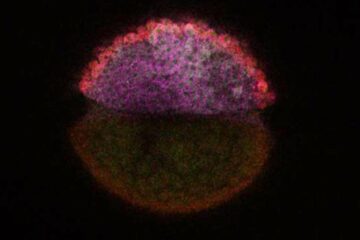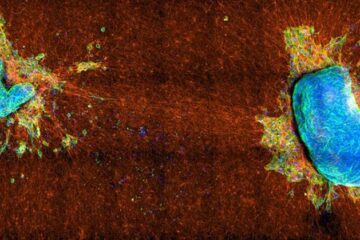Genes that protect against atherosclerosis identified

In a new study on mice, which is presented in the open-access journal PLoS Genetics, the research group has shown that the accumulation of the plaque that causes myocardial infarction and stroke can be prevented if levels of the “bad” LDL cholesterol are reduced before atherosclerotic plaque has progressed beyond a particular point. The group has also identified a network of 37 genes that lowers levels of blood cholesterol and brings about the beneficial effect.
“Previously, much atherosclerosis research was focused on identifying ways to stabilise the most dangerous plaques in order to prevent them rupturing and causing myocardial infarction or stroke,” says Associate Professor Johan Björkegren, who has led the study. “Our discovery means that we can now target the actual development of dangerous plaques.”
Rather than covering individual vessel wall genes, their discovery encompasses a network of genes, and one that explains their mutual interaction. It is on account of years of network algorithm development under Jesper Tegnér, professor of computational biology, that the discovery of gene networks has been made possible.
“The time when individual genes or gene pathways were thought to explain the development of complex common diseases, such as atherosclerosis, is past,” says Dr Björkegren. “We now have enough tools and knowledge of system biology to take on the total complexity of these diseases.”
Atherosclerosis is the main cause of myocardial infarction and stroke, which cause almost half of all deaths in Sweden and other countries in the West.
Media Contact
More Information:
http://www.ki.seAll latest news from the category: Life Sciences and Chemistry
Articles and reports from the Life Sciences and chemistry area deal with applied and basic research into modern biology, chemistry and human medicine.
Valuable information can be found on a range of life sciences fields including bacteriology, biochemistry, bionics, bioinformatics, biophysics, biotechnology, genetics, geobotany, human biology, marine biology, microbiology, molecular biology, cellular biology, zoology, bioinorganic chemistry, microchemistry and environmental chemistry.
Newest articles

Decoding development: mRNA’s role in embryo formation
A new study at Hebrew University reveals insights into mRNA regulation during embryonic development. The study combines single-cell RNA-Seq and metabolic labeling in zebrafish embryos, distinguishing between newly-transcribed and pre-existing…

Study sheds light on cancer cell ‘tug-of-war’
How cancer cells tug against each other determines whether they can migrate elsewhere in the body. Understanding how cancerous cells spread from a primary tumor is important for any number…

Latest generation of self-dissolving stents
Magnesium implants support coronary arteries and keep them open. Constricted coronary arteries harbor dangers: Because the heart is not supplied with blood properly, this can lead to pain, cardiac arrhythmia,…





















